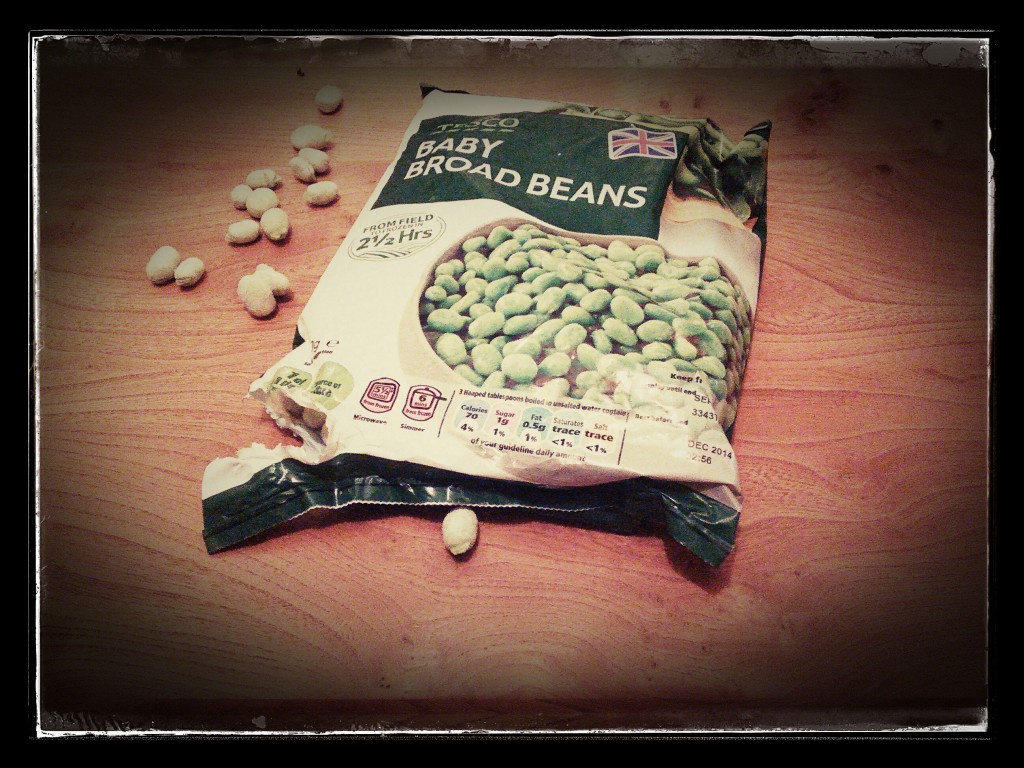Legumes may be beneficial to the health because they produce a low glycaemic response. This is of interest to nutritional scientists because exaggerated rises in blood sugar are increasingly being linked to disease, particularly type 2 diabetes, obesity and cardiovascular disease. The glycaemic index (GI) is a scale of the glycaemic response to carbohydrate foods. In general the glycaemic index of foods is related to their in vivo digestibility rates for the starch they contain. The low glycaemic response of legumes has been studied and related to a number of factors that may affect digestion rate, including dietary fibre and the presence of amylase inhibitors within the plant tissues. However, evidence shows that the largest contributing factor to the ability of some legumes to beneficially regulate glycaemia is the sequestration of their starch within parenchymal cells. This means that the starch is contained behind a physical barrier that prevents, or at least delays, the access of the digesting amylase enzymes to the starch granules.
Optical microscope studies of uncooked white kidney beans have shown raw ungelatinised starch in intact cells following soaking in water1. With cooking, the cells swell and absorb water, and this changes their shapes and their spatial relationship to one another. This process is similar to the effects seen in potato during heat induced gelatinisation. However, in legumes, the cells remain intact because of the extreme rigidity in the cells walls, whereas in the potato the wall is degraded by heat, releasing the contents. On crushing, an action that might replicate the mechanical grinding within the buccal cavity, twisted and partially swollen starch granules are released, with distortions in the grain relating to their tight packaging within the parenchymal cells. When beans are milled to release the starch from the cells, the rate of digestion compared to a pure starch control is not significantly different. Therefore the intact, or partially intact cell walls, are pivotal in producing the delayed glycaemic effects of legumes.
These results show that milling of the legumes is required in order to destroy their beneficial glycaemic effects, because cooking does not destroy the integrity of the cell walls. Mechanical grinding in the buccal cavity does not completely prevent sequestration of the starch from digestion and so also maintains the beneficial glycaemic effects. Because α-amylase digests starch granules from the outside, the sequestration of starch in partially intact parenchymal cells causes a significant reduction in digestion rate. Similar findings have been reported for cereal grains (here), whereby the kernel is required to be partially intact for a lowered glycaemic effect to be seen in vivo. As cereal grains are milled progressively finer, the physical barrier of the outer bran layer is diminished and the glycaemic effect increases. Optical microscopy shows that legumes contain protein between the starch molecules. Digestion of this protein increases the rate of starch digestion because removal of the protein increases the access of the amylase to the starch molecules.

